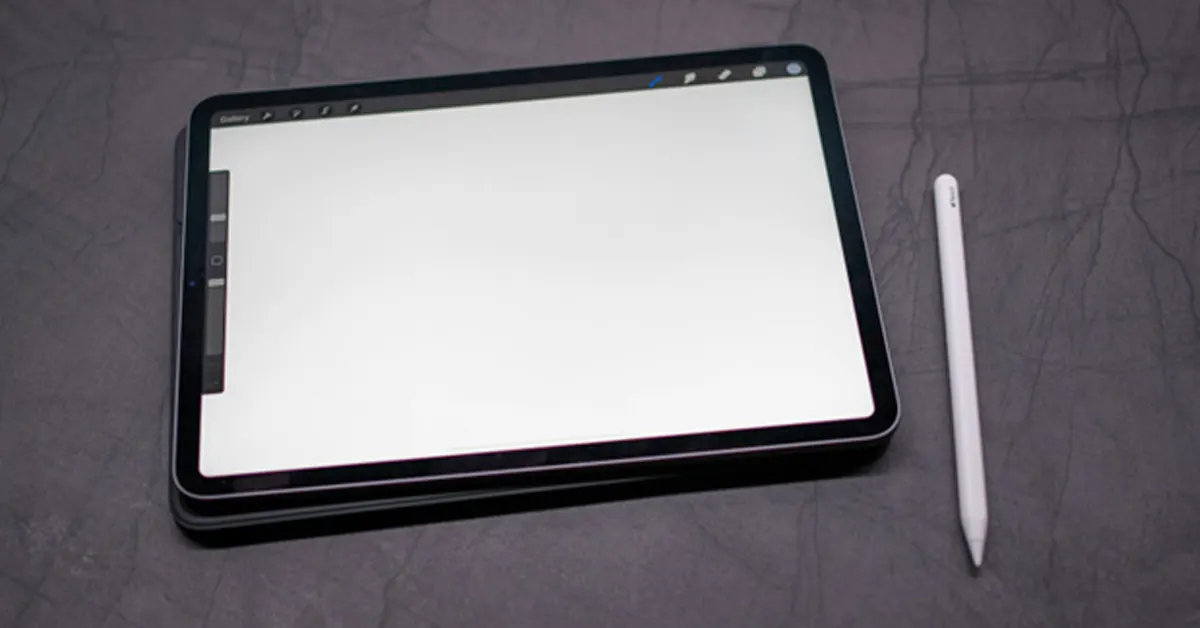There’s a quiet charm to watching someone scribble on an E-ink tablet. No clatter of keys, no flashing notifications, just the slow, deliberate flow of thought inked onto a near-paper surface. The first time a student handed me a Remarkable tablet for essay drafting, I wasn’t sure if it was a gimmick. I’ve seen too many gadgets promised as “the future of productivity” flop into dust. But over the past year, watching students swap laptops for these devices has been… surprising. Some swear by them. Others revert to Word, as if nothing changed.
In This Article
Real Observations and Insights
The core question is simple: do E-ink tablets make essay drafting better? And “better” isn’t just comfort or cool factor – it’s focus, workflow, and the ability to translate messy ideas into coherent drafts.
Here’s what matters most:
Distraction-Free Writing
E-ink screens aren’t just easier on the eyes. Their slow refresh and lack of bright colours keep the mind on the page. No YouTube, no Slack, just your essay outline staring back. For students juggling five classes, that kind of focus is gold.
Handwriting vs Typing
Students often underestimate how the act of writing affects cognition. Handwriting slows you down, sure, but it forces decisions – every word counts. Drafting an essay in longhand on an E-ink device mirrors the traditional notebook process, but with digital flexibility. It’s easier to move paragraphs around, annotate, or erase without a messy page.
Integration With Productivity Tools
Devices like the Remarkable 2 or Onyx Boox integrate with Google Drive, Dropbox, and even PDFs. Suddenly, you can mark up readings, outline essays, and store drafts in one place. One student showed me how they exported lecture notes as a PDF, drafted in the margin, and synced everything with their laptop. Workflow nirvana.
Popular E-Ink Devices for Essay Drafting
| Device | Pros | Cons | Price Range |
| Remarkable 2 | Paper-like feel, minimal distractions, solid annotation tools | Expensive, no native browser | $300-$400 |
| Kindle Scribe | Excellent for reading + light writing, smooth pen | Lag in handwriting, limited text export | $340-$400 |
| Onyx Boox Note Air | Full Android OS, versatile apps, and PDF-friendly | Slightly heavier, learning curve | $400-$500 |
Surprising Patterns
The students who thrive with these tablets aren’t the tech-obsessed ones. They’re the reflective types – the ones who take time to outline, rework, and rewrite. I’ve seen a quiet shift in drafting habits: fewer copy-pastes, more genuine engagement with ideas. One senior at NYU even joked that using a Remarkable tablet made her “feel like Hemingway,” though she admitted she still relied on Word for final formatting.
Interestingly, there’s also room for professional tools in this ecosystem. Some students combine E-ink drafting with professional essay writing service input – not to cheat, but to clarify structure or phrasing. The combination of distraction-free drafting and expert feedback creates a surprisingly robust workflow.
Reflections on Limitations
Not every essay fits the E-ink approach. Tight deadlines or highly collaborative projects often demand faster typing or real-time edits. Students working in groups on shared documents may find the tablet cumbersome. And while the screen reduces eye strain, it doesn’t fully replace the speed and versatility of a laptop.
Cost is another factor. A $400 tablet isn’t a casual purchase. Some argue a simple notebook + pen does the trick. True – but there’s a subtle cognitive difference between erasing pencil marks and dragging digital text blocks effortlessly. That’s a nuance worth considering for serious writers.
Looking Back and Forward
E-ink tablets occupy a curious middle ground: neither purely nostalgic nor entirely futuristic. They’re tools that force reflection, slowing the writing process enough for thought to catch up with the hand. They aren’t magic, and they aren’t for everyone. But for students willing to experiment, they can be a small revolution in essay drafting.
In the end, it’s not about the device itself – it’s about the practice it encourages. And that might just be worth $400.



